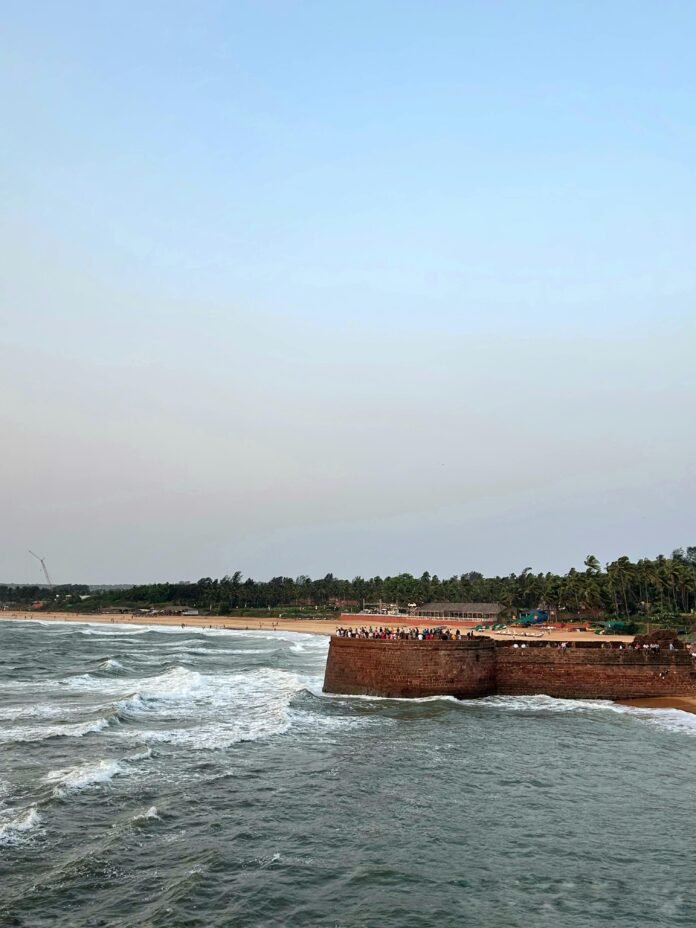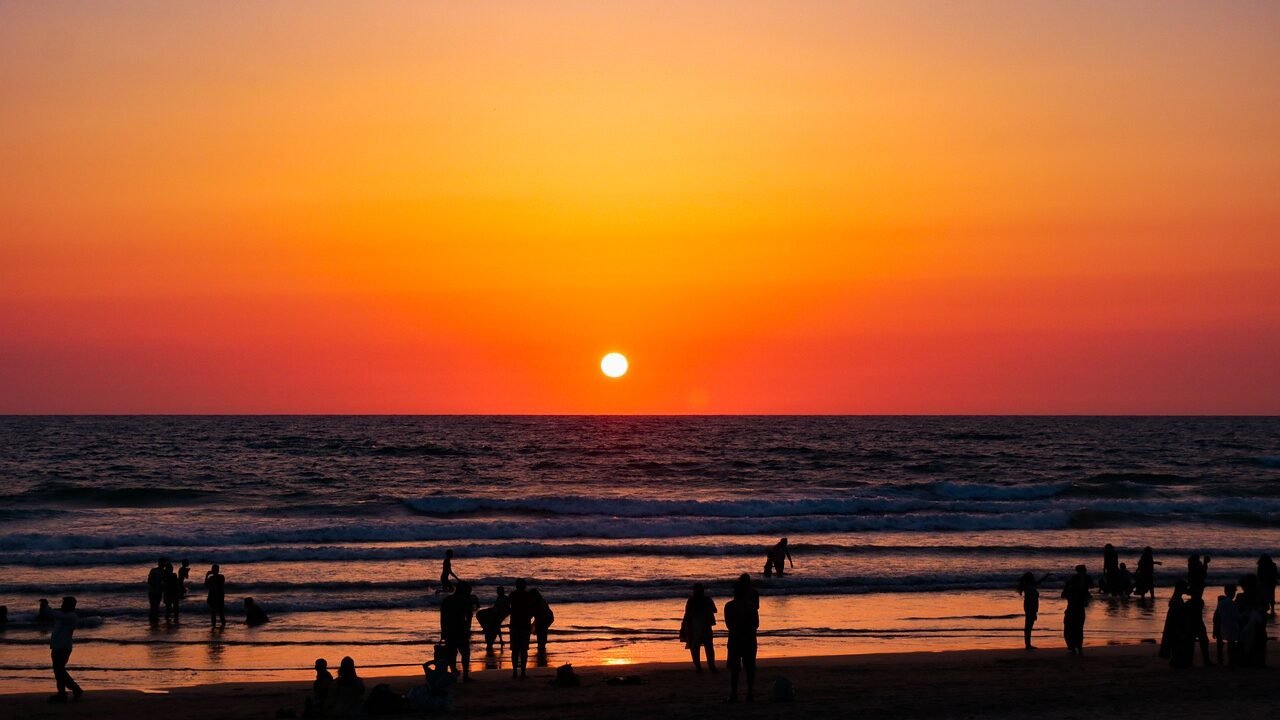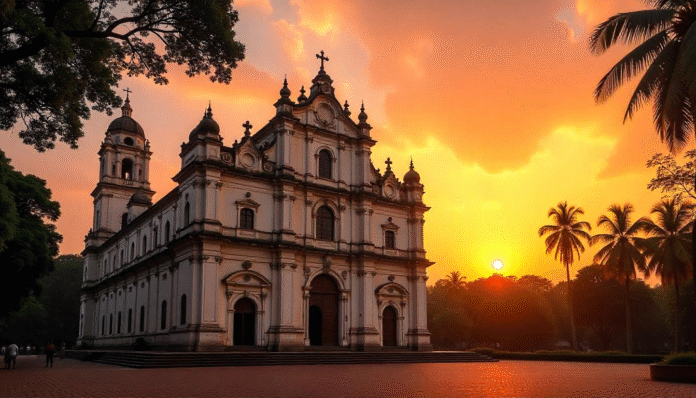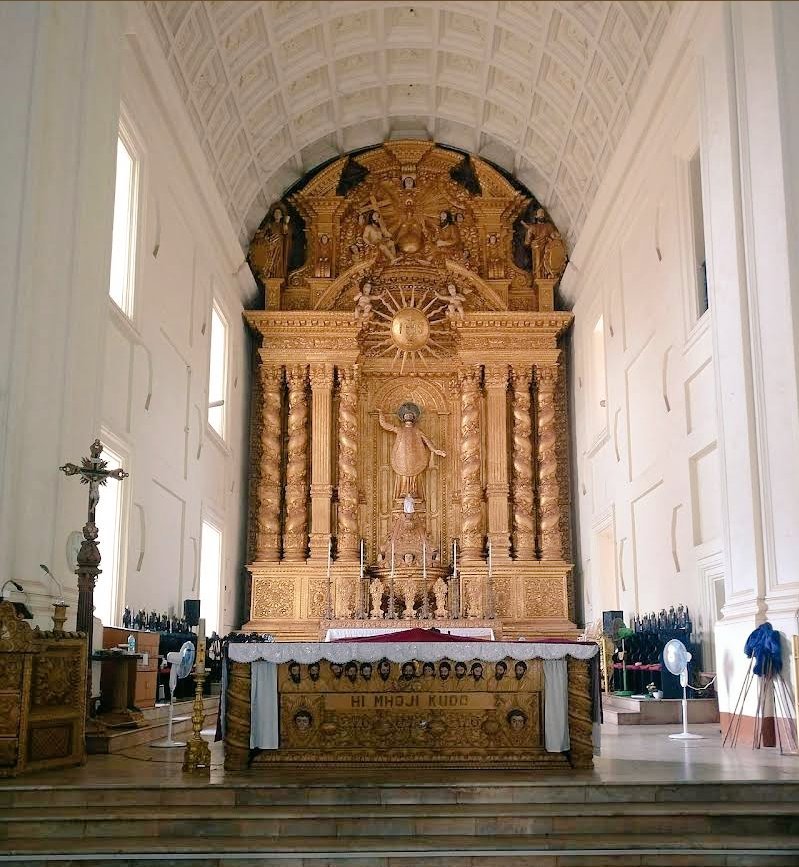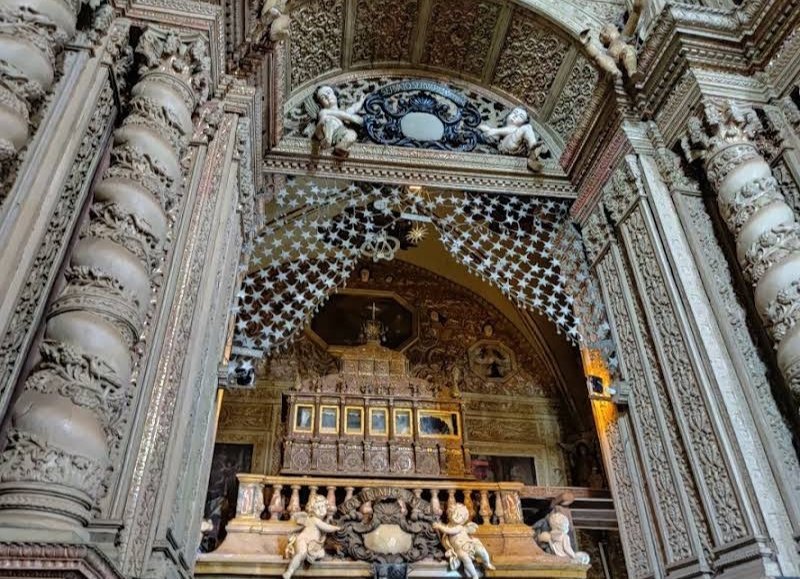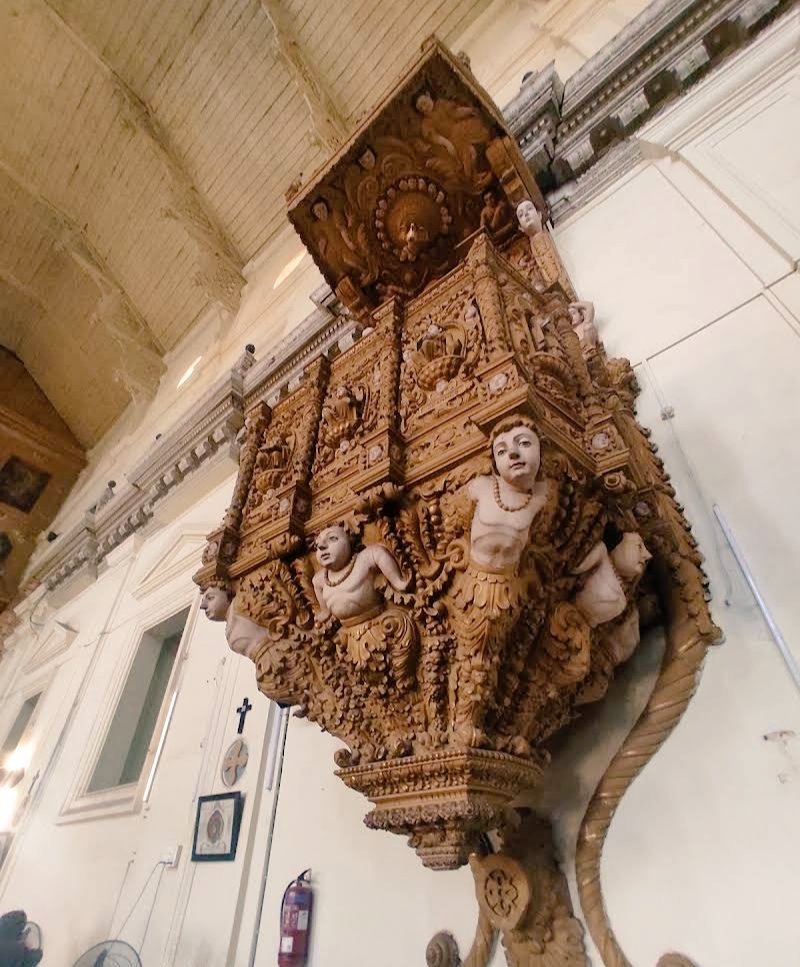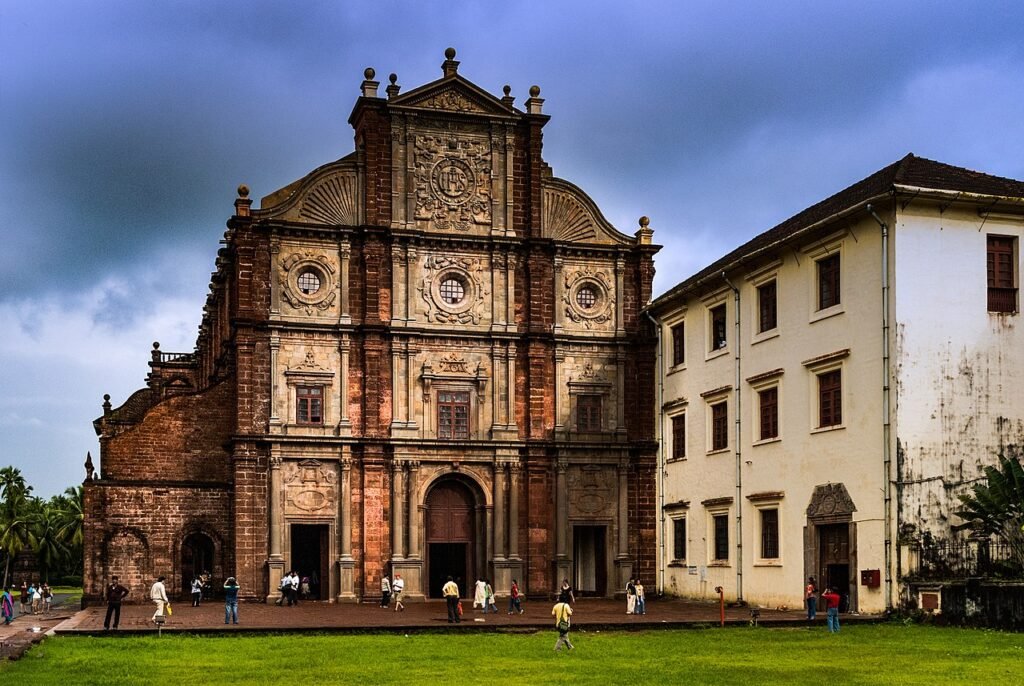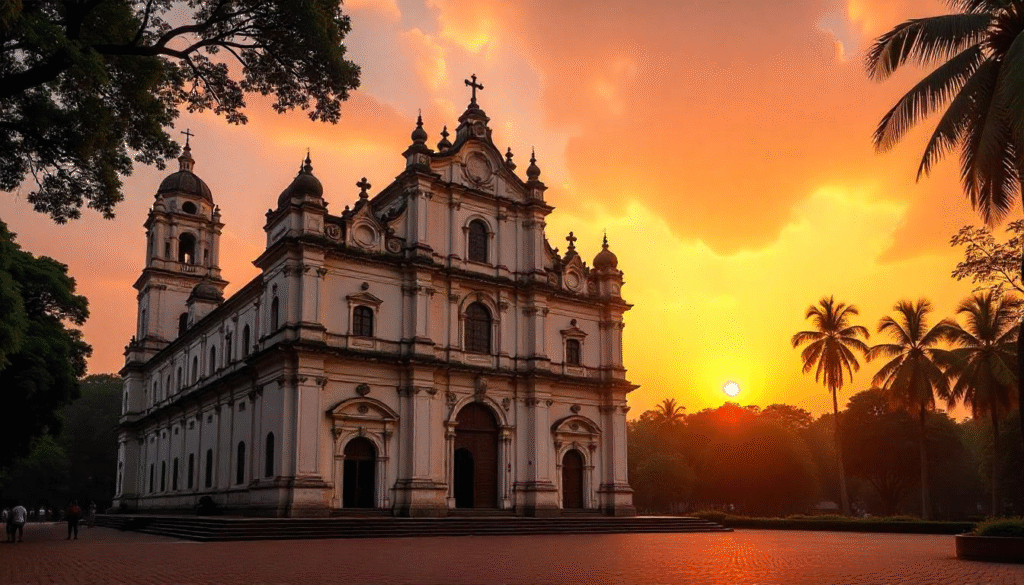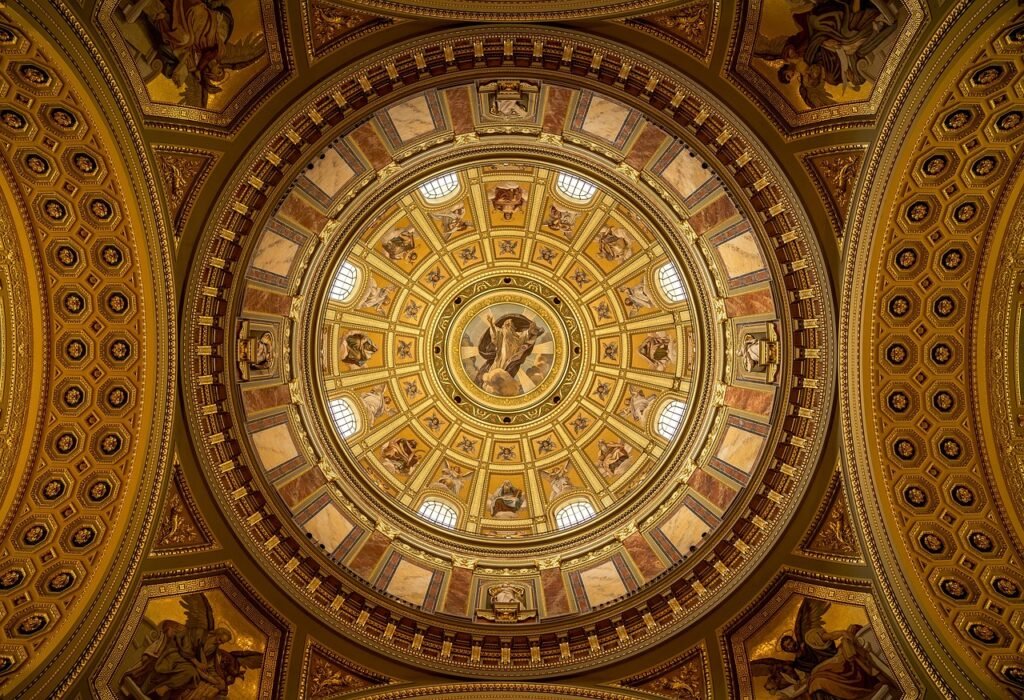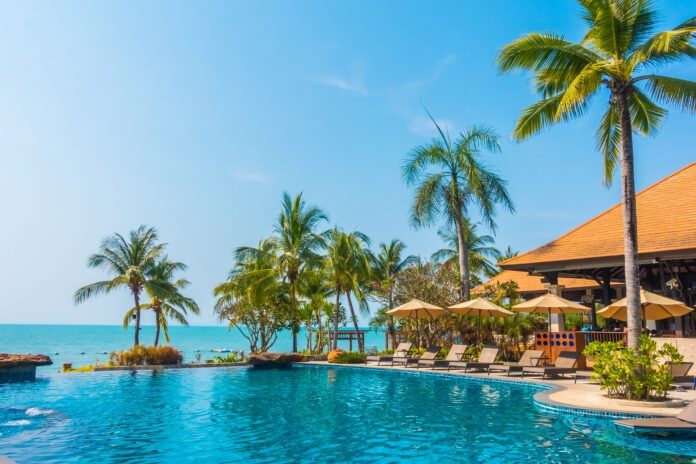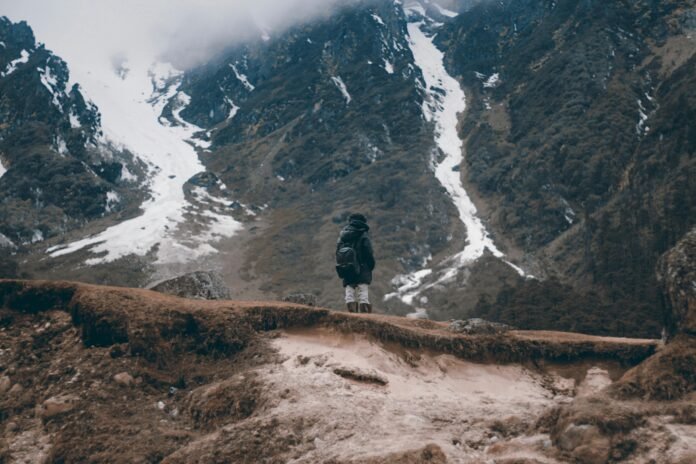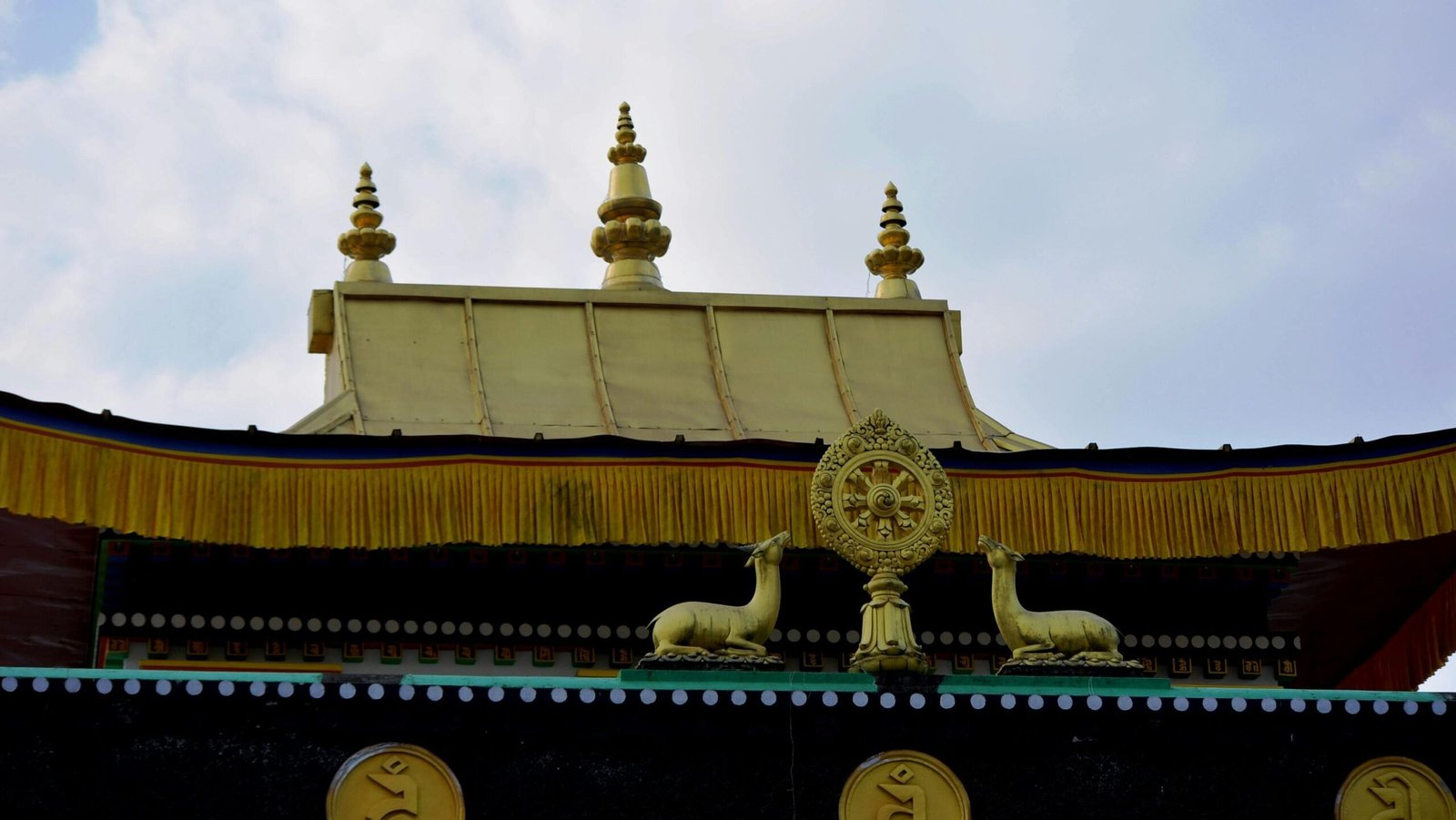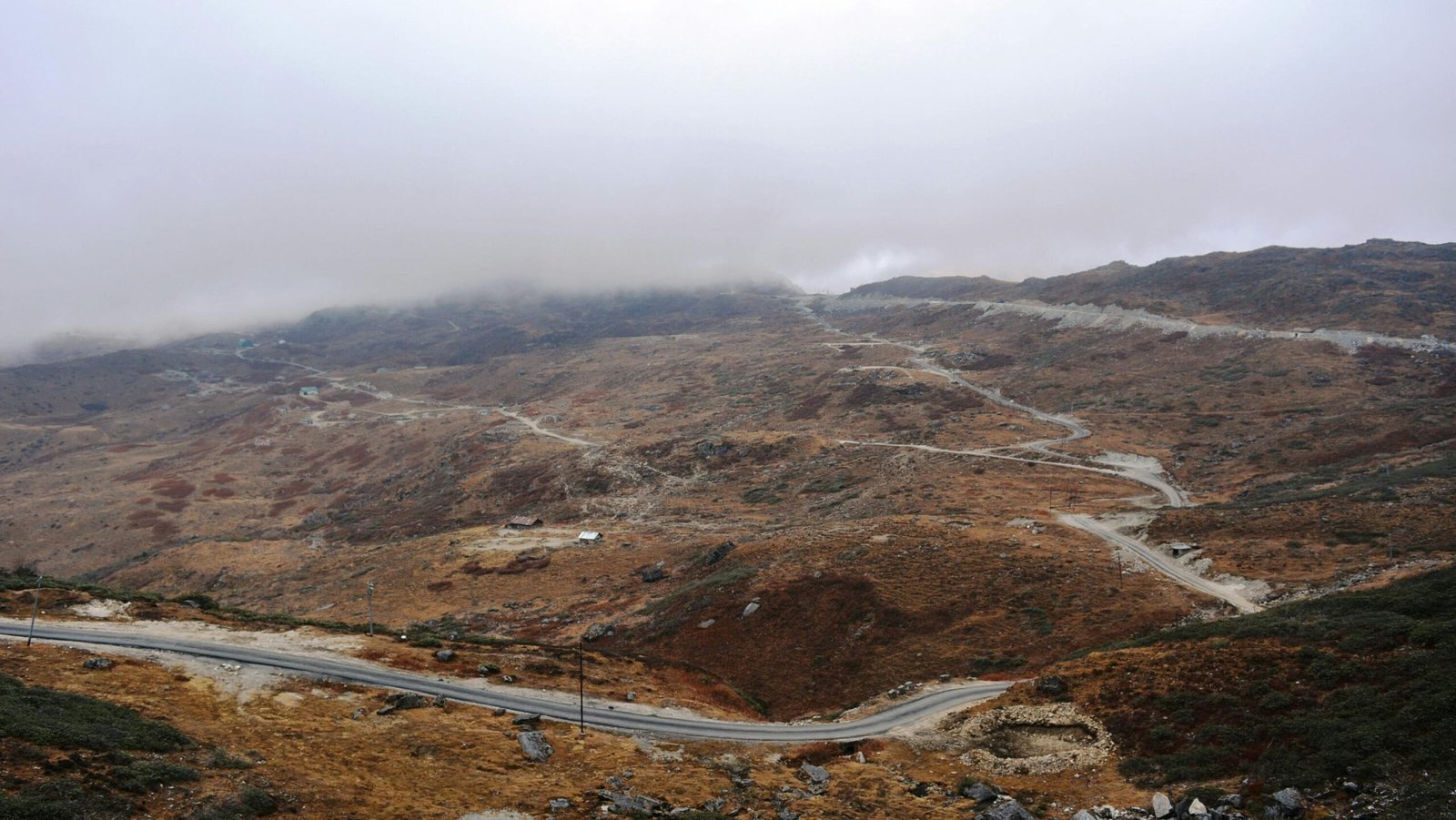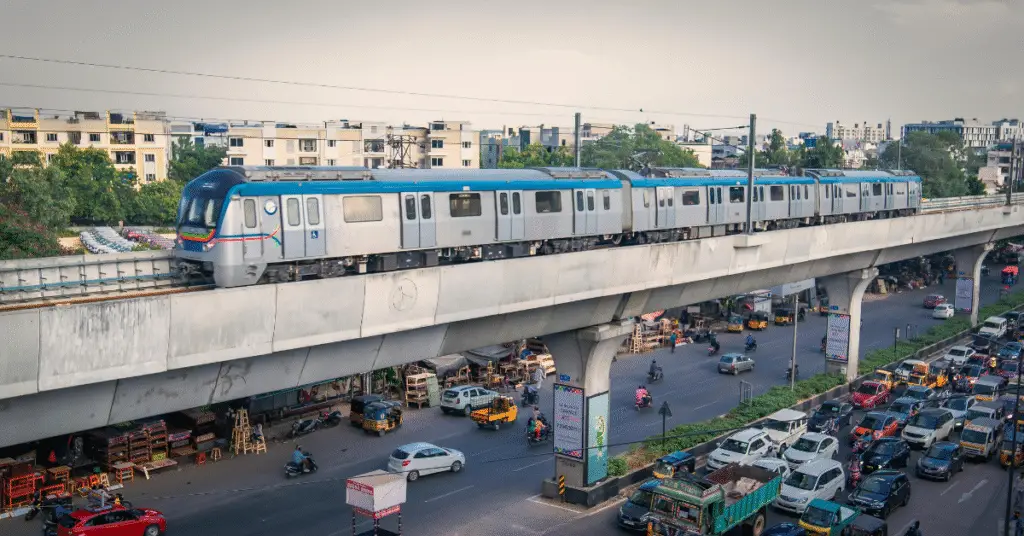Website: travellerkaka.com | Topic: Goa Visiting Places (Beyond Beaches)
Introduction
Aguada Fort is one of Goa’s most iconic historical landmarks, built by the Portuguese in the 17th century. Unlike Goa’s famous beaches, this fort offers panoramic views of the Arabian Sea, a well-preserved lighthouse, and a glimpse into colonial-era architecture.
If you’re looking for a non-beach experience in Goa, Aguada Fort should be on your list. This guide covers:
✔ History & significance
✔ Best time to visit
✔ Entry fees & timings (2025 updates)
✔ Things to see inside the fort
✔ Nearby attractions
✔ Travel tips
Let’s explore!
1. History of Aguada Fort
Aguada Fort was constructed in 1612 by the Portuguese to defend against Dutch and Maratha invasions. The name “Aguada” comes from the Portuguese word for water (“água”), as the fort had a freshwater spring that supplied ships.
Key Historical Facts
| Feature | Details |
|---|---|
| Built By | Portuguese colonial rulers |
| Year of Construction | 1612 |
| Purpose | Defense & freshwater supply for ships |
| Architecture Style | Portuguese military fort |
| UNESCO Status | Part of Goa’s recognized heritage sites |
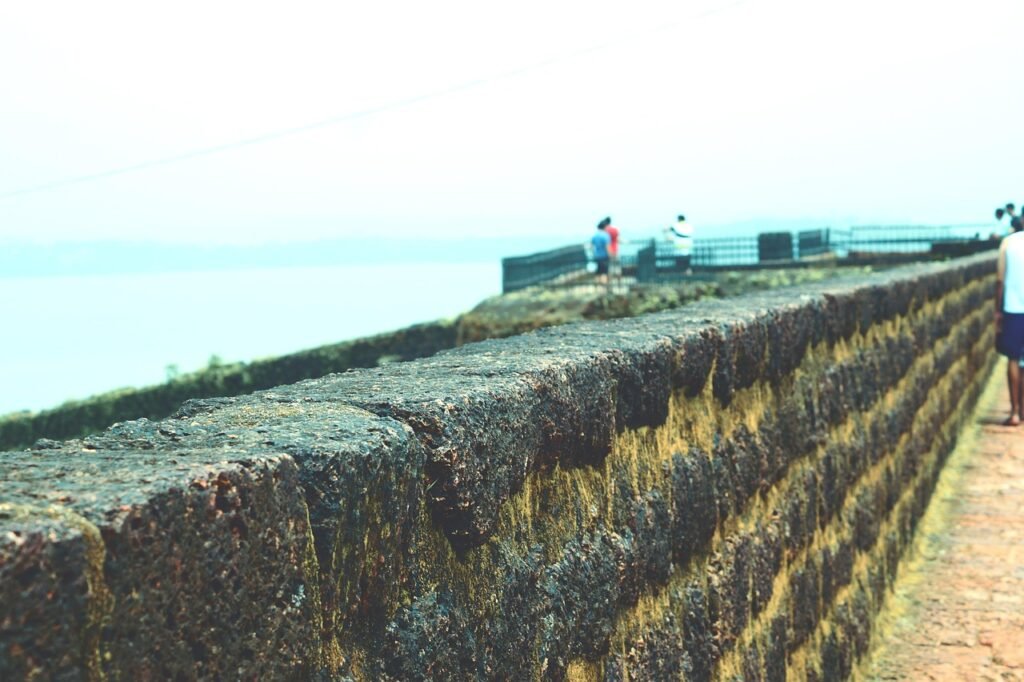
2. What to See Inside Aguada Fort?
The fort is divided into two sections:
- Upper Fort – Houses the lighthouse & offers stunning views.
- Lower Fort – Used as a prison during Portuguese rule.
Major Attractions Inside
| Attraction | Description |
|---|---|
| Aguada Lighthouse | One of Asia’s oldest lighthouses (built in 1864). Offers 360° views. |
| Portuguese Cannons | Well-preserved cannons used for defense. |
| Freshwater Reservoir | Stored drinking water for sailors. |
| Fort Walls & Watchtowers | Perfect for photography & scenic views. |
| Lower Fort (Prison) | Now in ruins, but historically significant. |
3. Best Time to Visit Aguada Fort (2025 Guide)
- Ideal Season: November to February (cool weather).
- Best Time of Day: Early morning (7 AM – 10 AM) or late afternoon (4 PM – 6 PM) to avoid heat.
- Avoid: Monsoon (June-Sept) due to slippery pathways.
Monthly Weather & Crowd Levels
| Month | Weather | Crowd Level |
|---|---|---|
| Oct-Feb | Pleasant, cool | High (Peak season) |
| Mar-May | Hot & humid | Moderate |
| Jun-Sep | Heavy rains | Low |
4. Entry Fee, Timings & How to Reach (2025 Updated)
Entry Details
| Detail | Information |
|---|---|
| Entry Fee | Free (No ticket required) |
| Timings | 9:30 AM – 6:00 PM (Open all days) |
| Lighthouse Entry | ₹50 for Indians, ₹100 for foreigners |
| Parking Fee | ₹50 for cars, ₹20 for bikes |
How to Reach Aguada Fort?
- From Panjim: 18 km (30-40 mins by car/bike).
- From Calangute: 12 km (20-25 mins).
- Public Transport: Buses & taxis available.
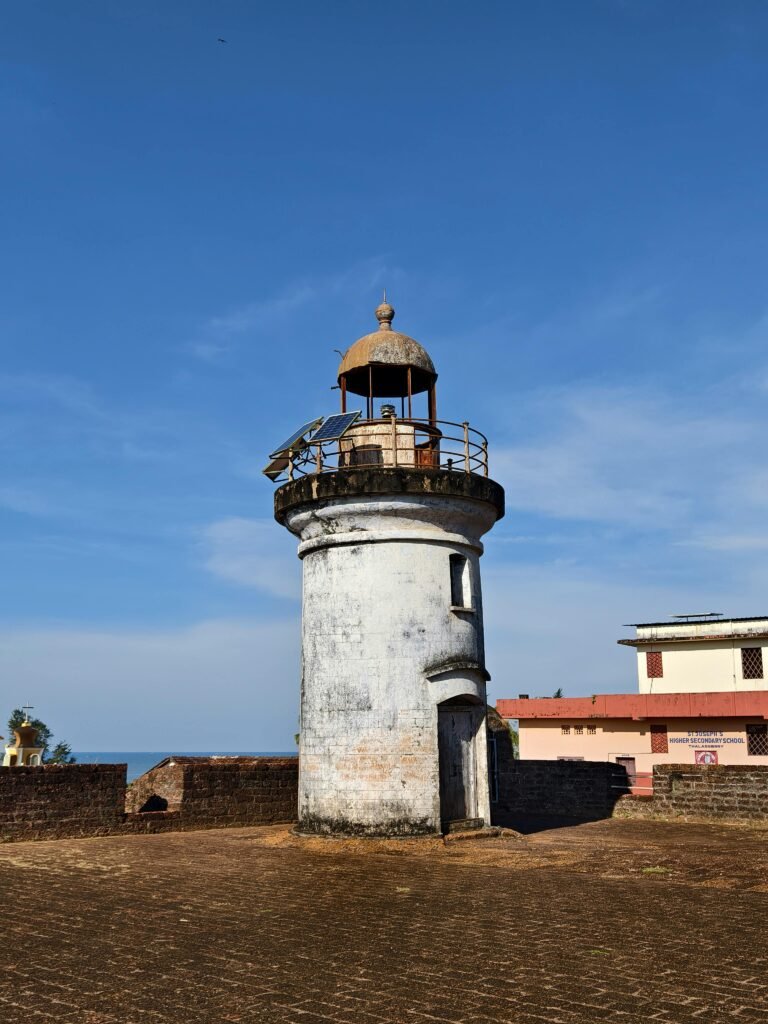
5. Nearby Attractions to Explore
Since Aguada Fort is not near beaches, here are some other non-beach places to visit nearby:
| Place | Distance from Fort | Why Visit? |
|---|---|---|
| Reis Magos Fort | 6 km | Smaller fort with great views |
| Chapora Fort | 15 km | Famous for Dil Chahta Hai movie |
| Salim Ali Bird Sanctuary | 10 km | Birdwatching & mangrove forests |
| Divar Island | 20 km | Scenic village with Portuguese charm |
6. Travel Tips for Visitors (2025)
✅ Wear comfortable shoes (fort has uneven pathways).
✅ Carry water & sunscreen (limited shade).
✅ Visit early to avoid crowds.
✅ Drones are not allowed (permission needed).
✅ Combine with nearby forts (Reis Magos, Chapora).
7. Why Aguada Fort is a Must-Visit in Goa?
✔ Historical significance – One of Goa’s best-preserved forts.
✔ Panoramic views – Stunning sunset & ocean views.
✔ Free entry – Budget-friendly attraction.
✔ Great for photography – Ancient walls, lighthouse, and cannons.
Final Thoughts
Aguada Fort is a must-visit for history lovers, photographers, and travelers looking for something beyond Goa’s beaches. With no entry fee, breathtaking views, and rich history, it’s a perfect half-day trip in North Goa.
Did you find this guide helpful? Share it with fellow travelers!
- Next on TravellerKaka.com:
- Basilica of Bom Jesus Goa: A Complete Travel Guide
- 30 Best Beaches in Goa. Party, Secluded & Best for Swimming
- 12 Best Hostels in Goa Under ₹2000/Night (Backpacker Guide)

